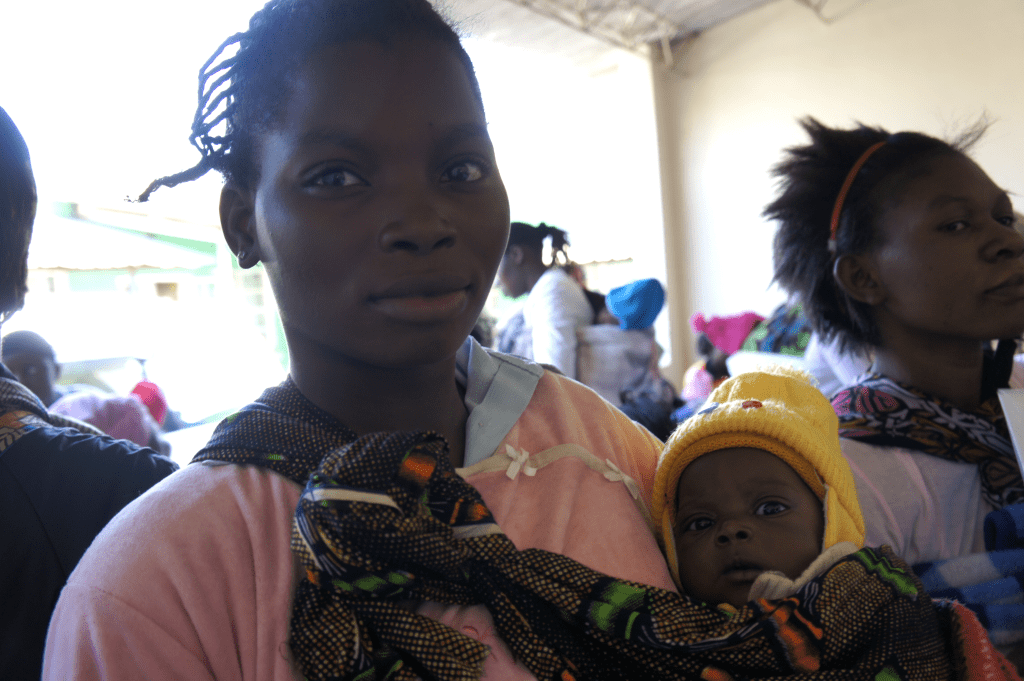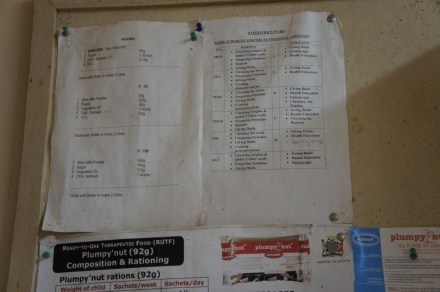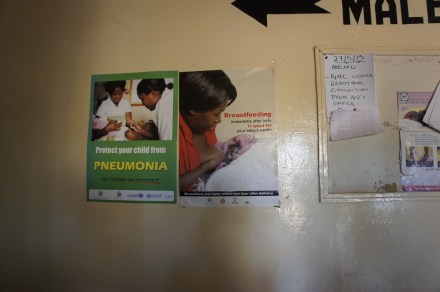I saw for the very first time in my life a severe acute malnourished child. He was two. I didn’t ask his name as not to pry into the intimate lives of two parents whose main concern was the life and health of their little one, but I will never forget his swollen face.
I met this toddler at the Macha Mission Hospital in the Southern Province in Zambia where I am traveling as an International Reporting Project fellow. His face was full of open sores, especially around his mouth, and he was severely lethargic, not even able to hold his head up and opted instead to rest his heavy head on his father’s shoulder. His father’s eyes met mine as he asked through them for me to help. I couldn’t. I was just there as an observer.
The malnourished child’s tiny bare feet were sticking out of dirty trousers and were exposing raw flesh that was trying to heal. I noticed his feet where also quite swollen, a noticeable sign of oedema and an exclamation point saying that he did not have the proper amount of nutrients and food coursing through his body to make him a happy and healthy little boy.
In this area of Zambia, in Macha, most of the people are subsistence farmers who live on homesteads and survive on less than $1.50 USD per day. This is consistent throughout the country where 60.5 percent of Zambians live in poverty and the top 10 percent of Zambians own nearly 48 percent of the wealth according to World Bank data. Poverty is rife here, especially in the rural areas where employment is a toss-up, and some of the outcomes of endemic poverty is malnutrition in children. In fact, 45 percent of Zambian children are stunted due to a lack of proper nutrition.
At this government-run hospital Macha Mission nurses provide malnourished children with HEPS (high energy protein supplement). They prepare this porridge-like mixture for the children during their stay and when they leave parents are given the supplement powder to continue providing necessary nutrition to their children.
While one of the most well-known international nutritional products for malnourished children is Plumpy Nut for children and Plumpy Sup for adults, the Executive Director of Macha Mission Hospital, Mr. Abrahan Mhango, told me that Plumpy Nut and Sup are not always available to them and so the hospital uses a powdered nutritional supplement instead.
Mixtures, of course, are made based on nutritional need and age and size of the children. The chart for mixture amounts is easily referenced in the hospital kitchen for the nurses.
Breastfeeding in Zambia
At every clinic where I have gone and even in everyday settings I have seen pro-breastfeeding literature, billboards, and even handwritten signs. These seem to be working. In Zambia, 61 percent of mothers exclusively breastfeed for the first six months and then it gradually tapers to 37 percent from 6 – 23 months. Save the Children recommends that children be breastfed during the first hour after birth.
I have no idea what Zambia is going to do about their malnutrition problem. I will follow this story and report from what I see on the Net. I hope malnutrition and stunting rates go down.





Leave a reply to Jeannine Cancel reply